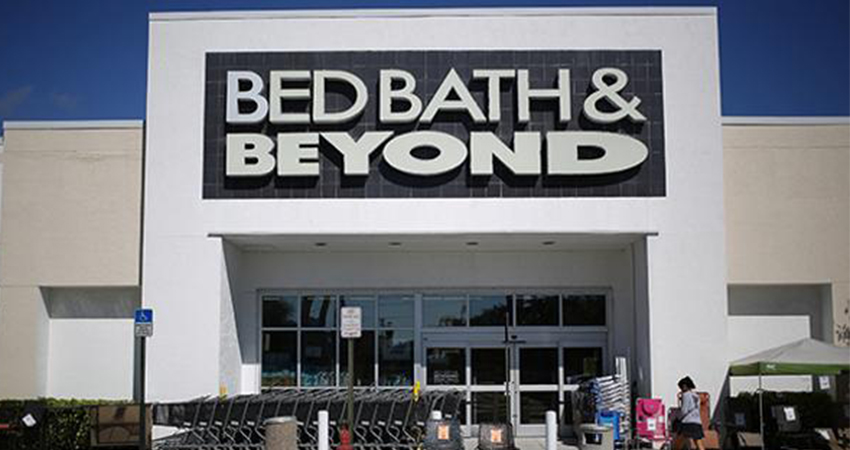Bed Bath & Beyond as expected filed for Chapter 11 bankruptcy protection Sunday as its turnaround became untenable, loans were in default, debt far outstripped assets and buyers have yet to surface for its three retail brands.
The company said in its filing it plans to maintain operations through the court proceedings thanks to a $240 million debtor-in-possession loan from Sixth Street.
[Update: CNBC reports that the Bed Bath & Beyond bankruptcy filing had led to a land-grab race among several growing retailers eager to acquire new space, including dollar stores, DTC brands and pharmacy chains.]
As of its last quarterly filing in January, Bed Bath & Beyond listed assets of $4.4 billion and liabilities of $5.2 billion. It operates 360 Bed Bath & Beyond locations and 120 buybuy Baby stores.
Two stock offerings this year the company hoped would raise $1 billion yielded just over $400 million, according to CNBC. In February, Bed Bath & Beyond hired Holly Etlin, a turnaround expert and managing partner at AlixPartners, to serve as interim and then permanent CFO.
Analysts with Piper Sandler believe that Walmart, Target and Amazon will be the strongest beneficiaries of market share from Bed Bath & Beyond, according to Investing.com. Evercore ISI analysts, meanwhile, believe a buyer will still be found for buybuy Baby.
The company has been shedding stores over the past few years, including 156 in 2022 and 207 in the prior two years, but it wasn’t enough to bring its fortunes around. In an April 14 interview with eToro analyst Callie Cox, Bed Bath & Beyond CEO Susan Gove addressed the challenges facing the company.
“We’ve had to make some tough decisions for sure,” Gove said. “And we also know that where we’re operating today, and the value we’re at today, is not representative of our potential. But rest assured that we are working relentlessly to achieve our goals, to use every available step that we have available to us to both sustain and grow our business.”
Earlier this year, Gove placed much of the blame for the Bed Bath & Beyond’s failure on an ill-advised store redesign and a shift to white-label brands vs. nationally recognized labels under prior CEO Mark Tritton. The former Target executive was fired in June 2022 after pressure from activist investor and director Ryan Cohen, who subsequently sold his stake after the company agreed to add his three director candidates.
According to data from DataWeave, Bed Bath & Beyond had actually been making progress in recent months to increase its inventory levels up, a tough road as creditors withheld shipments. Overall inventory availability was at 50% as of April 23, DataWeave reported, and the company had made particularly sharp gains in kitchen and furniture/storage categories.
“The bankruptcy, while long anticipated, still leaves a few unanswered questions,” said DataWeave President and COO Krish Thyagarajan. “If they weren’t trying to avoid it, why did they try so hard to amend their inventory levels?”

